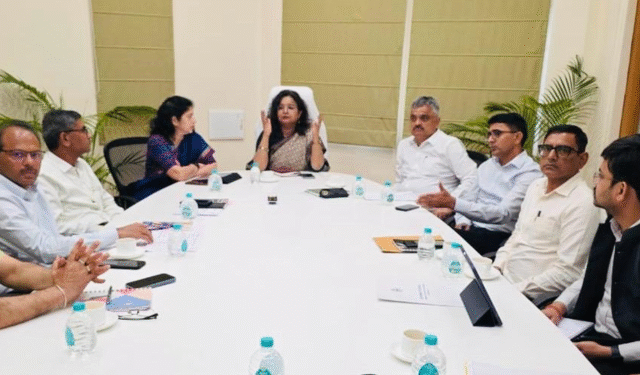Odisha’s Rail Push to Empower Tribal Regions and Boost Inclusive Growth
In a high-level review led by Development Commissioner-cum-Additional Chief Secretary Smt. Anu Garg, senior officials from key departments came together to accelerate railway infrastructure projects that promise not just connectivity, but real change for Odisha’s tribal communities.

